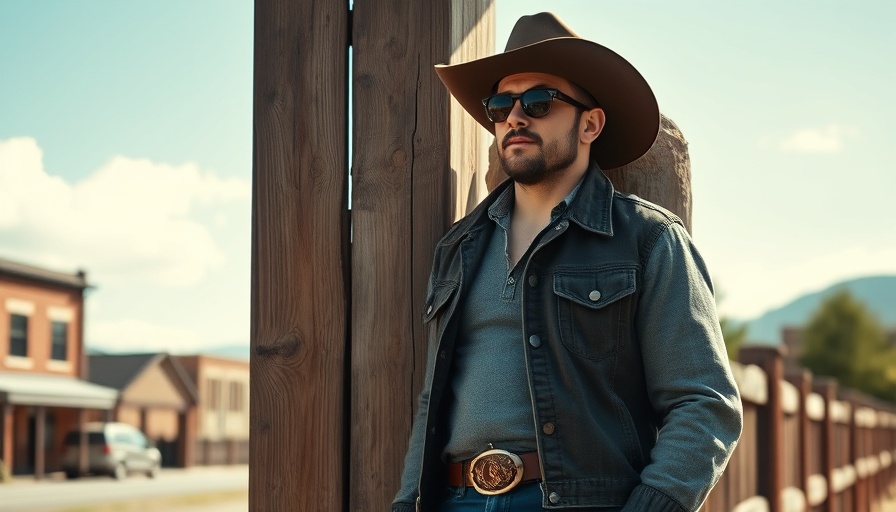
Reviving Y2K Fashion: A New Economic Opportunity
As the cultural nostalgia for the early 2000s surges, it is becoming evident that Y2K fashion represents more than just a fleeting trend; it is a burgeoning economic opportunity. Professionals across various sectors find themselves at a unique intersection of consumer interest and economic potential, making this the perfect time to explore how forgotten items from an era defined by quirky aesthetics and bold styles can translate into profit.
Why Y2K Fashion is Resurging
Fashion trends often come full circle, and the Y2K revival reflects the wider societal desire for comfort and individuality amidst global uncertainties. As economic instability, including inflation and unemployment levels fluctuating in various sectors, consumers may lean towards retro and nostalgia-driven purchases that feel rooted in a simpler time. Young professionals and Gen Z, in particular, are leading this revival, embracing thrift culture that transforms discarded items into treasures.
Turning Junk Into Treasure: Practical Steps
For those with items from the Y2K era cluttering their closets, now is the time to take action. Professionals can examine local thrift shops or dedicated online resale platforms. Start with a thorough inventory of clothes, accessories, and memorabilia that mirror the era’s defining tastes: think butterfly clips, low-rise jeans, and colorful sneakers. Cleaning up unwanted items may not only declutter your space but also result in a significant financial return.
Market Trends and Consumer Behavior
Understanding consumer behavior is crucial in the context of Y2K fashion's resurgence. The rise of social media platforms showcases both the demand for these vintage items and their value in today's marketplace. Reports indicate that platforms like Depop and Etsy are witnessing a remarkable increase in Y2K-related searches, suggesting that consumers are seeking authenticity and self-expression through unique, nostalgic pieces.
Demographics Driving the Demand
Primarily, the resurgence of Y2K fashion is fueled by Generation Z and millennials, who are increasingly dismissing the traditional fast-fashion narrative. This demographic’s interest in sustainability and ethical consumption is a game-changer, prompting them to seek out second-hand and vintage clothing. As professionals, understanding these trends will provide valuable insight into consumer preferences, which can guide businesses in tailoring their offerings towards increasing sales and market growth.
The Future of Y2K Fashion as an Economic Driver
As the Y2K fashion trend unfolds, its impact on various economic sectors—specifically retail and e-commerce—cannot be underestimated. Retailers focusing on second-hand sales, sustainable manufacturing, and vintage collections could see significant growth; this creates a win-win scenario for the economy by supporting small businesses and promoting environmentally-conscious consumer habits.
Tips for Professionals Entering the Resale Market
Professionals looking to capitalize on the Y2K trend should consider the following best practices:
- Quality over quantity: Ensure that items listed are in good condition—clean, unharmed, and presentable.
- Leverage social media: Promote your items on platforms popular with younger consumers, using engaging visuals and trendy hashtag strategies.
- Foster community engagement: Connect with customers by offering stories behind the items or fostering brand loyalty through values that resonate with strong social and environmental ethics.
Conclusion and Call to Action
The revitalization of Y2K fashion offers an unparalleled moment for professionals looking to engage with a younger demographic while promoting sustainability and conscious consumerism. By assessing your own closets for items that represent the style and culture of the early 2000s, not only can you declutter, but you can also potentially profit while contributing to an evolving fashion landscape that values nostalgia and individuality. Now is the time to embrace this unique opportunity and turn your junk into profit.
 Add Row
Add Row  Add
Add 




Write A Comment